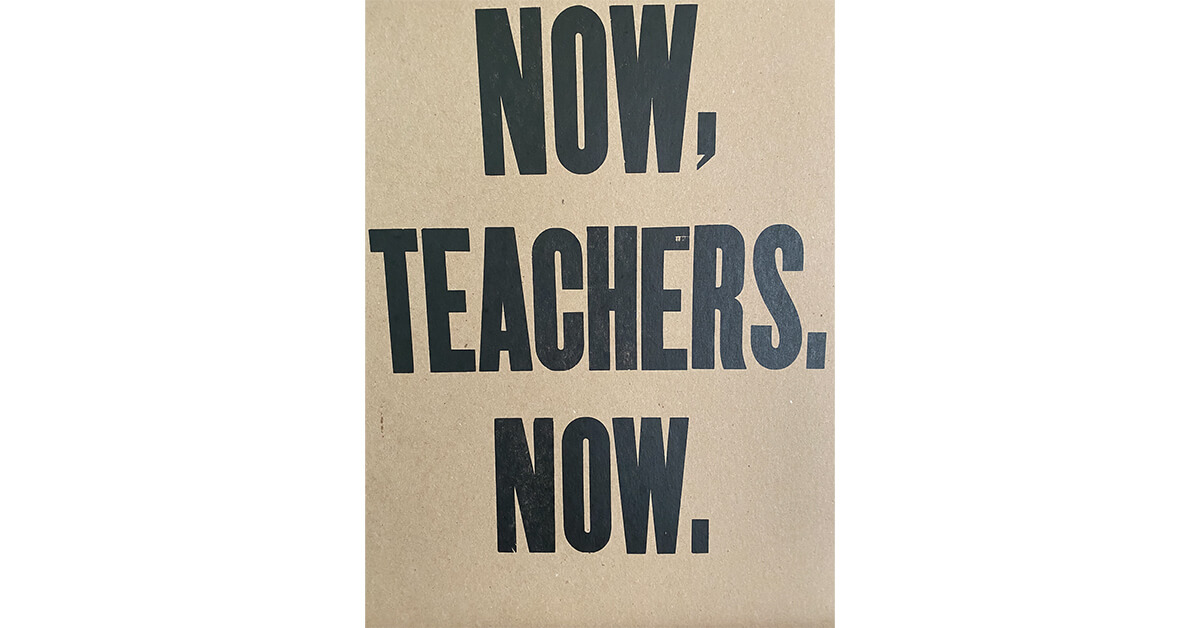Learning by head, heart and hand was the radical thought proposed in the moving writings of swiss reformer J.H. Pestalozzi in the 17th century. At Walnut Hill School for the Arts, where I served as director of artistic studies, we adapted his tenet to reflect our values. Arts, hearts, and smarts is the slogan we recite, sending the message that all three of these pieces of the educational puzzle deserve equal time, dedication and attention.
Pestalozzi is described as a Romantic educator. What a crazy notion this seems to evoke, since we live and work in an educational system that has predicated head over heart and hand for a long time. Romantics believed that emotions, intuition, spontaneity and individuality would enrich any process, from art to social change. During the pandemic, and when zoom and online education entered our life overnight, we all became romantics out of necessity, creating something from nothing. In a crisis, most of us drew upon these skills more than any other we have learned in formal education, so we could serve our students and keep going. It is the individuality in you, the teacher, and your imagination, that is getting children through this ongoing…

